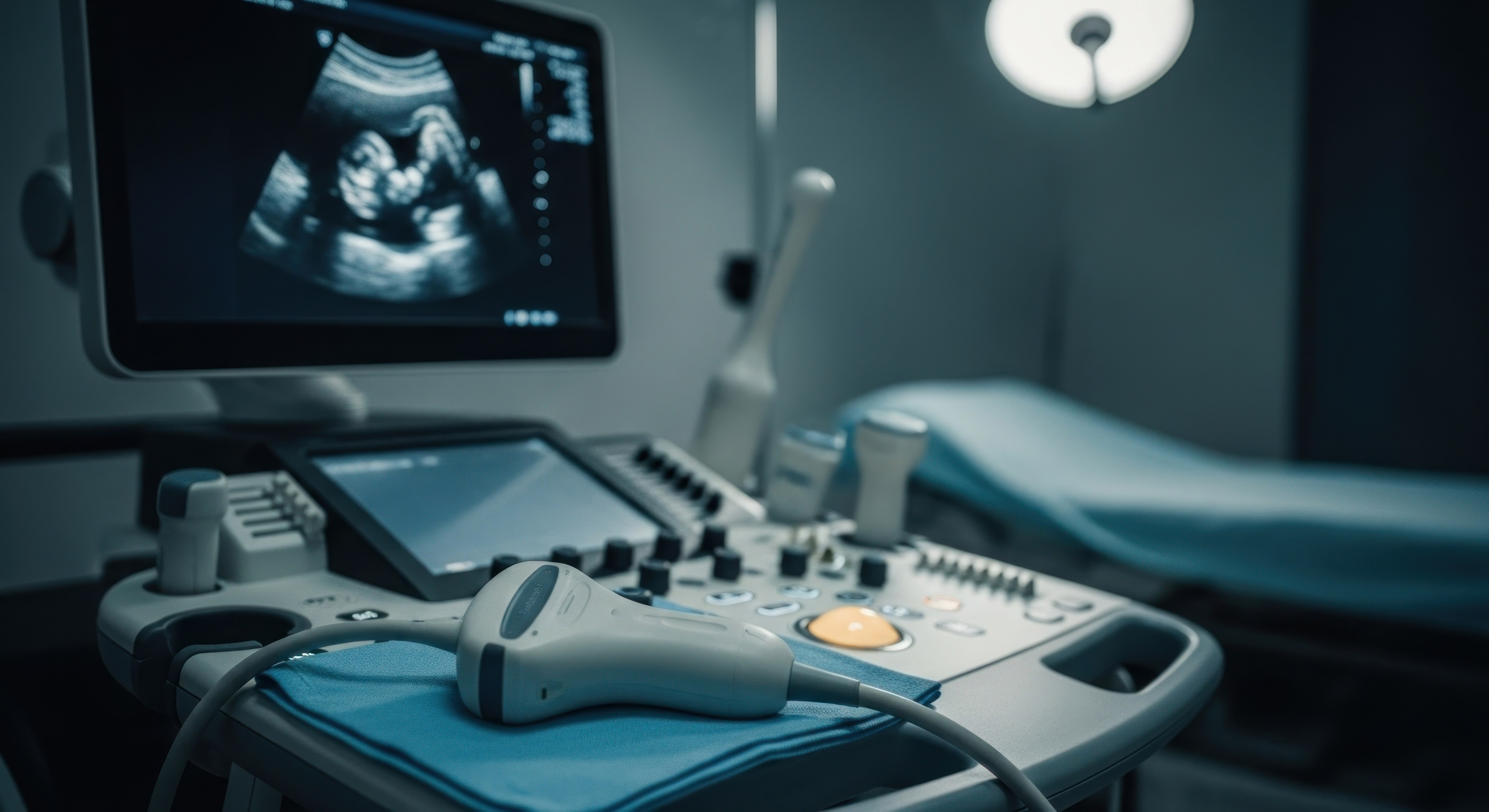La radiación de luz ultravioleta ha desempeñado un papel fundamental en la reducción de la carga de infecciones hospitalarias al impedir la propagación de organismos patógenos en los centros sanitarios.
Dada la potente naturaleza de la luz UV-C, es posible que se pregunte si la luz UV puede dañar los dispositivos médicos al exponerse a ella.
Existen pruebas demostradas de la eficacia de la luz UV y de cómo utilizarla de forma segura en dispositivos médicos sin dañarlos.
En este artículo, conocerá el mecanismo de la desinfección por luz UV y su efecto en los equipos médicos tras la exposición.
Comprender la luz ultravioleta
La radiación UV-C es un tipo de luz ultravioleta con una longitud de onda de entre 200 y 280 nm. La luz UV-C puede destruir el ADN de los microbios que se exponen a ella (1).
Esta destrucción inhibe la división celular y evita la transmisión de organismos patógenos en entornos de alto riesgo como los hospitales.
Las características antimicrobianas de la luz UV-C son eficaces contra distintos patógenos, como bacterias, virus, hongos y protozoos.
Uso de la luz ultravioleta en sanidad
Dada su capacidad para eliminar diversas formas de microbios, la luz UV-C se está popularizando en la mayoría de los entornos sanitarios.
Un estudio de revisión sistemática de 2020 publicado en el International Journal of Health Sciences descubrió que la UV-C era eficaz contra algunas cepas de bacterias resistentes y tenía propiedades germicidas prolongadas contra los virus (4).
El amplio espectro de actividades antimicrobianas de la UV-C la hace crucial para desinfectar instrumentos o dispositivos médicos y prevenir la propagación de infecciones hospitalarias.
Además de sus efectos germicidas, la luz UV-C tiene numerosas ventajas en comparación con los desinfectantes químicos. Estas son algunas de las principales ventajas:
- no tóxico para los materiales
- no necesita consumibles
- funciona sin agua
- sostenible
- eficiente
- conserva recursos como la energía
Efectos de la exposición a la luz UV-C en los equipos médicos
El efecto de la desinfección con luz UV-C en los equipos médicos puede variar en función de los componentes del dispositivo médico.
Por lo general, la exposición de los equipos médicos de plástico a la luz UV-C puede provocar a largo plazo una decoloración o "amarilleamiento" no perjudicial de las piezas blancas (3). Por el contrario, la luz UV-C no afecta a los equipos médicos metálicos de acero o aluminio, ya que los metales tienden a reflejar los rayos UV.
El vidrio, otro material presente a menudo en los equipos médicos con lentes, por ejemplo, puede absorber con seguridad la luz UV-C (2).
Los ciclos cortos evitan la inestabilidad del material y, por tanto, previenen los daños. Aunque una breve exposición a la luz UV-C puede desinfectar los materiales y evitar daños, la radiación sigue siendo muy potente y potencialmente peligrosa.
Deben respetarse los tiempos y procedimientos de desinfección para evitar daños en los materiales. Si los materiales, como los plásticos o incluso el vidrio, se exponen a los rayos UV-C durante periodos innecesariamente largos y constantes de hasta 6 horas, pueden dañarse y afectar a su vida útil general (5). Por suerte, las soluciones de desinfección UV Smart completan un ciclo de desinfección completo en segundos, evitando daños a los materiales.
Reflexiones finales
La desinfección por luz UV no tiene el mismo efecto en todos los productos sanitarios. Mientras que los metales y el vidrio no se ven afectados en ciclos cortos, el plástico puede decolorarse. La exposición prolongada e innecesaria de los materiales médicos a la luz UV puede dañar determinados materiales, como los plásticos. Sin embargo, si los médicos utilizan ciclos de desinfección cortos, que siguen garantizando la desinfección, y siguen los procedimientos, pueden evitar los daños inducidos por la luz UV en los equipos médicos. Consulte nuestra lista de compatibilidad, para ver qué sondas están certificadas para ser desinfectadas con productos UV Smart.
Referencias
- Browne K. (2021).Brought to Light: How Ultraviolet Disinfection Can Prevent the Nosocomial Transmission of COVID-19 and Other Infectious Diseases. Applied Microbiology.; 1(3):537-556. https://doi.org/10.3390/applmicrobiol1030035
- Instituto Canadiense de Conservación. Daños por radiación UV
- McGreer M. (2021). Pruebas de los efectos de la radiación UV-C en los materiales. IST International Surface Technology, 14(2), 46-47. https://doi.org/10.1007/s35724-021-0466-2
- Ramos, C. C. R., Roque, J. L. A., Sarmiento, D. B., Suarez, L. E. G., Sunio, J. T. P., Tabungar, K. I. B., Tengco, G. S. C., Rio, P. C., & Hilario, A. L. (2020). Use of ultraviolet-C in environmental sterilization in hospitals: A systematic review on efficacy and safety. Revista internacional de ciencias de la salud, 14(6), 52-65.
- University of North Carolina.Damage to Common Healthcare Polymer Surfaces from UV-C Exposure.







.jpg)
